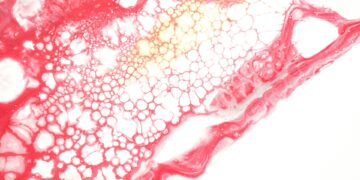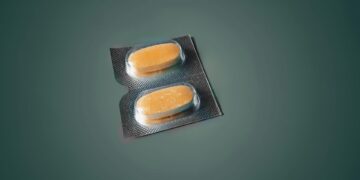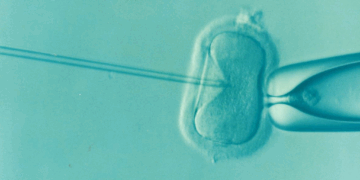AI Takes Mammogram Analysis To Next Level
A new study reveals that an advanced AI system can help identify women at higher risk for developing breast cancer by monitoring changes in breast tissue over time. This AI technology analyzes a woman’s mammograms, comparing images over several years to detect early signs of breast cancer that may be challenging to spot even for experienced specialists.
Lead researcher Shu (Joy) Jiang, an associate professor of surgery at Washington University School of Medicine in St. Louis, explained that their method can detect subtle changes in repeated mammogram images that are not visible to the naked eye. The AI was found to identify high-risk women 2.3 times more accurately than traditional screening methods, as reported on December 5 in the journal JCO Clinical Cancer Informatics.
The team believes this advancement could significantly improve early detection, which is crucial for successful treatment. Dr. Graham Colditz, senior researcher and associate director of the Siteman Cancer Center, noted that better risk prediction could also advance research on cancer prevention, helping to find ways for high-risk women to reduce their five-year risk of developing breast cancer.
To develop the AI, researchers trained it on mammogram data from over 100,000 women who were screened for breast cancer between 2008 and 2012 at Siteman Cancer Center. These women were followed until 2020, with nearly 500 of them later diagnosed with breast cancer. The AI was then tested on a separate group of 18,000 women from Emory University, of whom 332 were diagnosed with breast cancer.
The results showed that women identified as high-risk by the AI were 21 times more likely to be diagnosed with breast cancer within five years compared to those deemed low-risk. Specifically, 53 out of every 1,000 women in the high-risk group developed breast cancer, compared to fewer than 3 in the low-risk group. Researchers are now conducting further tests to ensure the AI’s accuracy across diverse racial and ethnic groups. The team has also filed a patent for their technology.

































Discussion about this post